When it comes to vehicle safety, few components are as crucial as your braking system. Among these, brake discs (also known as rotors) play a vital role in ensuring effective stopping power. Over time, these discs can wear down, compromising safety and performance. That’s why regular brake disc wear inspections are essential.
In this blog post, we’ll walk you through why brake disc inspections matter, how to check for wear, and when to replace them.
Why Brake Disc Wear Inspection Is Important
Brake discs are constantly exposed to high levels of friction and heat. As they wear down, they may develop grooves, warping, or thinning — all of which can reduce braking efficiency and increase stopping distances. Ignoring worn brake discs can lead to:
-
Reduced stopping power
-
Vibration or pulsation when braking
-
Increased wear on brake pads
-
Potential brake failure
Routine brake disc inspections help you catch early signs of wear before they become dangerous or expensive.
Common Signs of Brake Disc Wear
Here are some telltale signs your brake discs might be worn or damaged:
-
Squeaking or grinding noises when braking
-
Vibration through the brake pedal or steering wheel
-
Visible scoring or grooves on the brake disc surface
-
Cracks or heat spots
-
The brake warning light on your dashboard
If you notice any of these signs, it’s time to schedule an inspection.
How to Inspect Brake Discs for Wear
A brake disc inspection can be performed visually or with precise measuring tools. Here’s how it’s usually done:
1. Visual Inspection
-
Look through the wheel spokes or remove the wheel for a better view.
-
Check for visible grooves, rust, discoloration, or uneven wear.
-
Look for cracks or pitting on the disc surface.
2. Measure Disc Thickness
-
Use a micrometer or brake disc gauge to measure the thickness.
-
Compare the reading with the manufacturer’s Minimum Thickness Specification (stamped on the disc or found in the manual).
-
If the disc is at or below this limit, it must be replaced.
3. Check for Warping
-
Warped rotors may cause the steering wheel to shake when braking.
-
A dial indicator can be used to check for lateral runout (wobble) in the disc.
Professional Brake Inspection Services
While DIY inspections can catch obvious issues, a professional brake inspection provides a more accurate assessment. Certified technicians use precision tools and can also inspect related components like:
-
Brake pads
-
Calipers
-
Brake lines
-
Fluid condition
Regular servicing not only ensures safety but can also prolong the life of your braking system.
